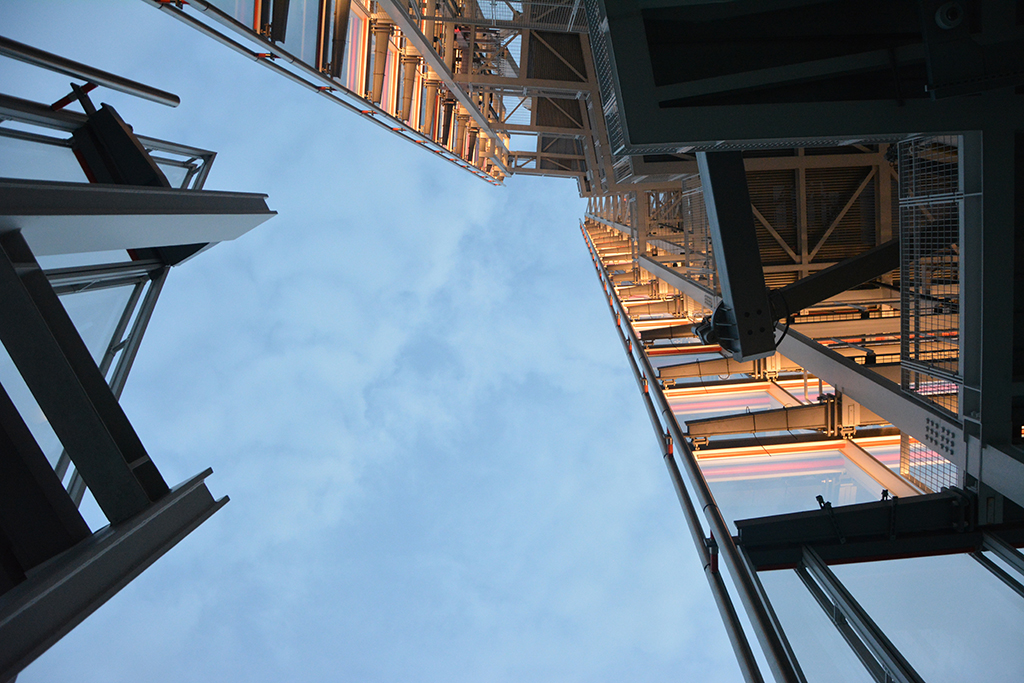U.S. Military Set on 3D-Printing More Bridges, Buildings

Dive Brief:
- The U.S. Defense Department’s Defense Innovation Unit (DIU) is soliciting proposals to advance its goal of autonomously building a variety of military structures via 3D printing. Responses are due by May 7.
- The solicitation seeks proposals for a construction-scale additive manufacturing (3D printing) system that is able to build barracks, houses, other buildings and “mobility and counter-mobility tools” like bridges, culverts and anti-vehicle obstacles.
- Set-up and take-down times for a proposed system must not exceed one hour each, the posting says, and it must be able to operate in many different environmental conditions. Operation of the system — including transport and deployment — should require no more than four trained individuals.
Dive Insight:
The DIU’s mission is to expedite the use of commercial technology within the military. In November, for instance, the DIU put out a solicitation for inexpensive drones — costing less than $6,000 for a complete system — that could be used for short-range reconnaissance flights and that would take no more than two minutes for one person to assemble.
While the use of 3D printing to build whole structures in much of the civilian commercial construction industry has been limited to one-off specialty projects, the military has found practical applications. The U.S. Army Corps of Engineers’ Automated Construction of Expeditionary Structures (ACES) program is partially funded by the National Aeronautics and Space Administration (NASA) and has allowed the U.S. Marine Corps to build functional structures in the field.
In January, the 1st Marine Logistics Group at Camp Pendleton in California used an ACES printer to build a concrete footbridge during a field exercise, the first time in the Western Hemisphere that such a structure was printed onsite instead of in a controlled-factory environment. Prior to that, the Marines built a 500-square-foot barracks building at their research center in just 40 hours.
The Army Corps of Engineers reported that 3D printing can reduce field construction time from five days to one day per structure. The Corps also said that using 3D printing as a building method can decrease the number of construction personnel needed from eight to three.
In the commercial sector, companies have turned to 3D-printed building elements to make unique design statements. In March, digital manufacturing company 3Diligent Corp. announced it had been contacted to provide 3D-printed aluminum curtain wall components for Rainier Square Tower in Seattle. The 140 custom, V-shaped pieces are being used to give the building its signature slope from the fourth to the 40th floor.
Wait! Don’t miss out on the latest insights
Sign up for Saschse Construction’s
e-newsletter below!
Featured Topics
CONSTRUCTION
INDUSTRY NEWS
Municipal

